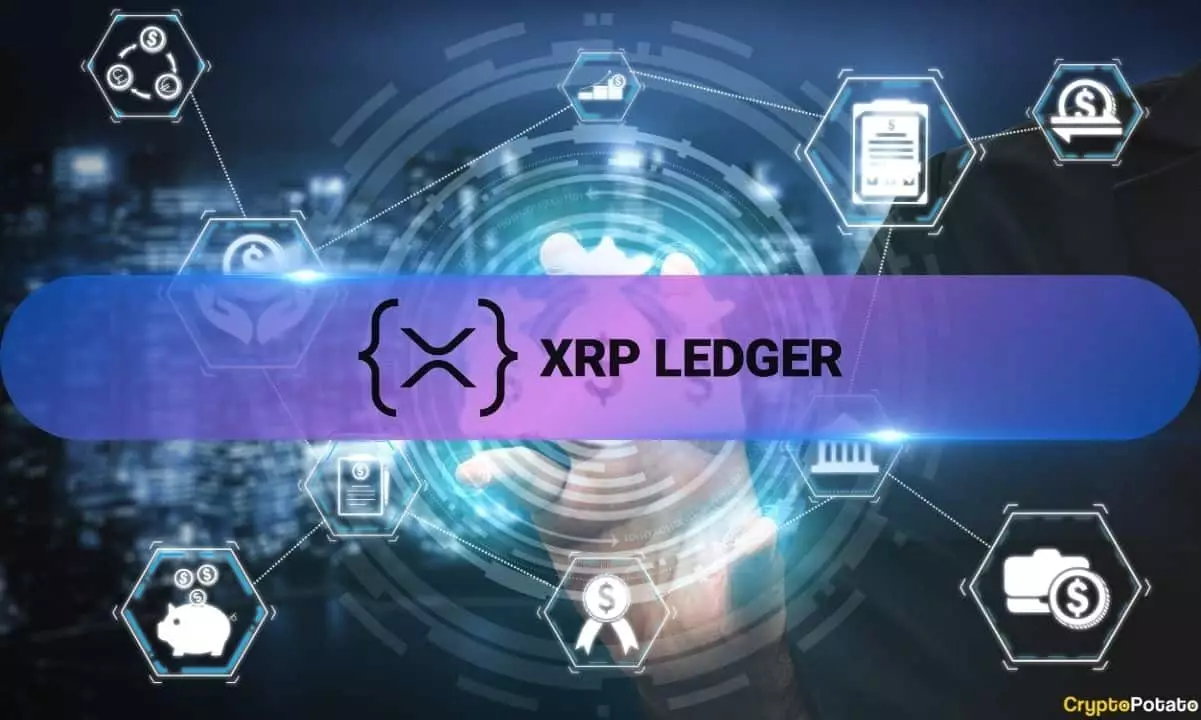On February 4, the XRP Ledger (XRPL) experienced an unexpected hour-long interruption in block production, halting at ledger height 93927173. This glitch prompted concern among users and stakeholders, particularly given Ripple’s prominence in the cryptocurrency ecosystem. However, a statement from David Schwartz, Ripple’s chief technology officer, indicated a level of optimism, as the network displayed a commendable ability to recover without significant intervention from its validators.
During the outage, a peculiar phenomenon occurred: while consensus processes continued, valid block validations were not published. This discordance led to a fragmentation within the network—a situation that could have induced more severe issues had it not been for the resilience shown by the system. Schwartz noted that this event illustrated the self-healing properties of the XRPL, with very few Unique Node List (UNL) operators making changes to their systems. As a result, the network gradually coalesced into a synchronized ledger stream as validations from multiple sources resumed.
The Role of the Unique Node List
A vital aspect of the XRPL’s functionality lies in the Unique Node List, which serves as a directory of trusted validators. This mechanism is crucial for maintaining the integrity and trust needed for the transaction processes within the ledger. Schwartz explained that once a handful of validations were visible, servers quickly established a consensus that allowed them to navigate back to a coordinated ledger stream.
It is critical to note that throughout this incident, no XRPL assets were lost; users simply could not trust the ledgers for a brief period. This temporary issue highlights both the strengths and vulnerabilities inherent in decentralized networks like XRPL—while they can self-repair to a degree, isolated failures may still cause panic among participants.
The Ripple Effect on Market Performance
The timing of this outage coincided with substantial changes within the Ripple protocol itself. Earlier in 2023, the organization reduced the base reserve requirement for transactions from 10 XRP to merely 1 XRP, a decision aimed at enhancing accessibility but also a potential factor in destabilizing the network amid ongoing adjustments. Furthermore, Ripple took steps to diversify its validator structure, diluting its influence to 2 out of 35 validators, a measure designed to bolster decentralization in response to growing scrutiny from regulators and investors alike.
Despite these attempts to stabilize the system, the market reacted unfavorably to the outage, and XRP saw a depreciation of around 10% in value, dropping to approximately $2.45. Coupled with previous market fluctuations due to external factors, such as trade tariffs from former President Donald Trump that coincided with the incident, XRP’s trajectory appears precarious.
Nevertheless, it’s important to emphasize that Ripple’s native token has demonstrated significant resilience and growth over the past year, rising nearly 400%. The ongoing developments in U.S. politics have sparked optimism within the crypto sector, suggesting that Ripple, along with others in the industry, may yet navigate through turbulent waters to emerge more robust in an evolving market.
















